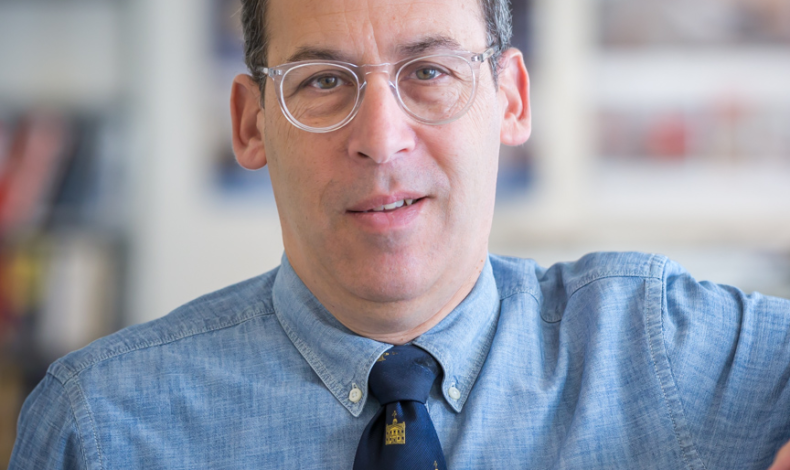The Man Behind the Met, Sam Olshin, MArch'86

After a global tour, The Power of Penn Campaign returns to Philadelphia on April 2 with an event at the Metropolitan Opera House. The architect behind the restoration of the Met Philly is Sam Olshin, MArch'86 and member of the University of Pennsylvania Stuart Weitzman School of Design Alumni Board, and Principal at the firm of Atkin Olshin Schade Architects. Olshin discusses how he stays connected with Penn and the challenges of resurrecting a historic venue.
After a global tour, The Power of Penn Campaign returns to Philadelphia on April 2 with an event at the Metropolitan Opera House. The architect behind the restoration of the Met Philly is Sam Olshin, MArch'86 and member of the Weitzman Alumni Board, and Principal at the firm of Atkin Olshin Schade Architects. Olshin discusses how he stays connected with Penn and the challenges of resurrecting a historic venue.

